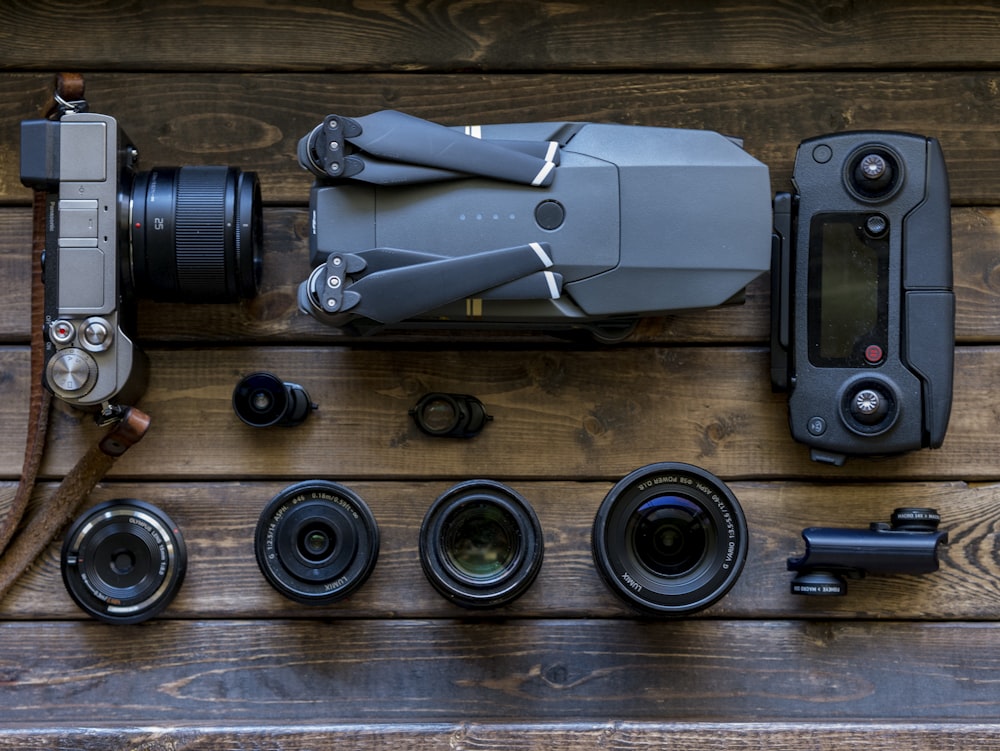
Little Jets in the Sky: Drones

Drone technology is older than we thought. The history of drones first begins with the uncrewed aerial vehicle.
The first Drone concept, called remote-controlled vehicles, was put forward and produced by A. M. Low. These aircraft, generally used in the defense industry, are increasing and evolving thanks to new inventors. As it is known, the drone was used only in military fields for many years. Today, developments continue to be used or used in areas such as energy, agriculture, military, health, first aid, cinema, and media.
- Preventing Malaria in Southeast Asia
New malaria has emerged in the forests of Malaysia and the Philippines. The parasite that causes this malaria strain, known as Plasmodium Knowlesi, typically only affects long-tailed and short-tailed macaques. Still, recent reports suggest that the new malaria is also infecting humans. Malaria causes organ failure and loss of life.
Researchers attribute the transmission of new malaria from animals to humans by burning forests and cutting down trees. This, in turn, changes the interaction between malaria-carrying mosquitoes, monkeys, and humans. In this context, researchers from the London School of Hygiene and Tropical Diseases use flying drones to understand how trees are cut down and how land becomes desert or swamp. The program has already started malaria-carrying to take aerial images with flying cameras.
- Bringing Medicine to the Villages

In blizzard and storm-free weather, drones can deliver medicine to these remote villages. As a result, blood pressure medications, painkillers, and other drugs prescribed in the health center make up a long list of needs.
Even in a country like Germany that industrialized 200 years ago, islands are hard to reach. The Germans decided to carry medicine cheaply with robots flying to these islands because air delivery instead of boats reduced medicament prices for individual users.
Instead of putting up bureaucratic obstacles, the German municipality immediately stepped in. It allowed the DHL cargo company to transport medicament to the village of Norddeich, which is located on an island 12 km off the coast, by Parcelcopter. In addition, a safe flight corridor was determined at sea, and a small landing strip was built outside the village for security purposes.
It should also be noted that flying robots such as the Parcelcopter, which soars 50 meters above the ground at a speed of 65 km per hour, are not controlled by remote control. Instead, these are self–flying robots using the GPS in smartphones.
- Mine Hunters
As we know, landmines buried in the ground and causing injury to people with the explosion caused by pressure are called “slow-acting weapons of mass destruction.” Accordingly, children cannot safely go to village schools, and women cannot go out into the fields.
UAV design company CATUAV has developed drones that scan terrain from the air to solve this problem. These shoot with unique cameras and detect areas where mines are likely to be found. Thus, experts can destroy land mines without endangering local people, mine clearance vehicles, and even the animals used for this purpose.
- Protecting White Rhinos
In 2014, in a belt stretching from the Caribbean coast to Africa, tireless drones spying on the terrain day and night from the air became the scourge of poachers.
- Stopping Poachers in Belize
Belize’s famous coral reefs are disappearing due to overfishing. However, it is difficult to catch illegal fishers among the submerged trusses of mangrove forests lining the coasts of a tropical country like Belize. That’s why Belize authorities decided in 2014 to monitor the beaches from the air with flying robots.
Drone Rallies

One of the most exciting UAV events of 2014 was the drone rally held in the French Alps in October. First, competitors attached bright LED lamps to the back of the drones they used, reminiscent of spaceship rockets in Star Wars movies, with blue, red, and green colors. Then, 24 UAV pilots flew their flying robots over a 150–meter winding rally course among the trees.




